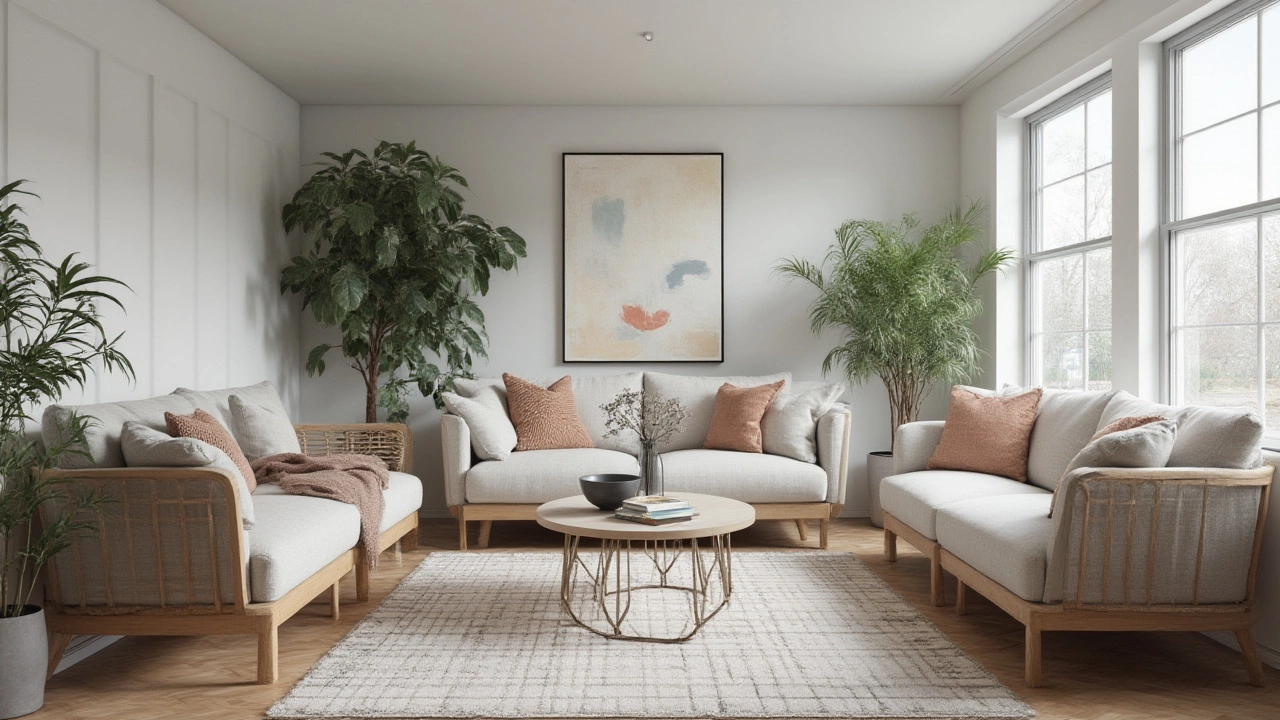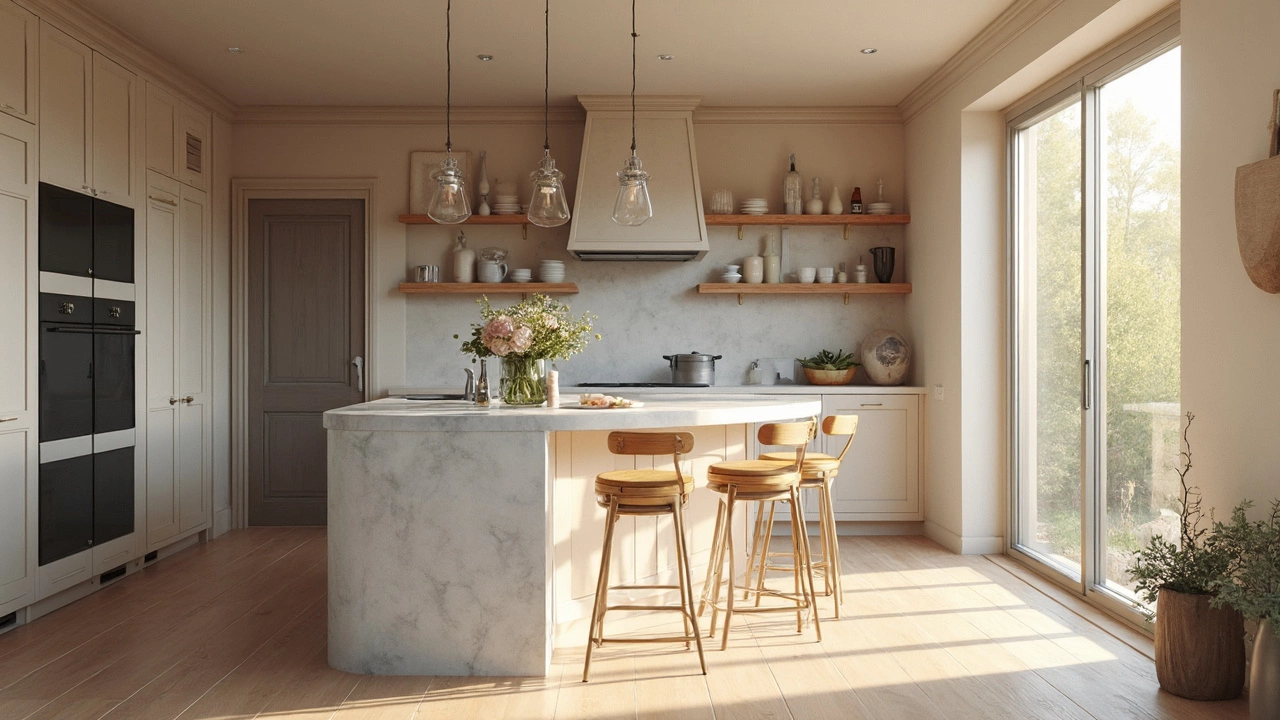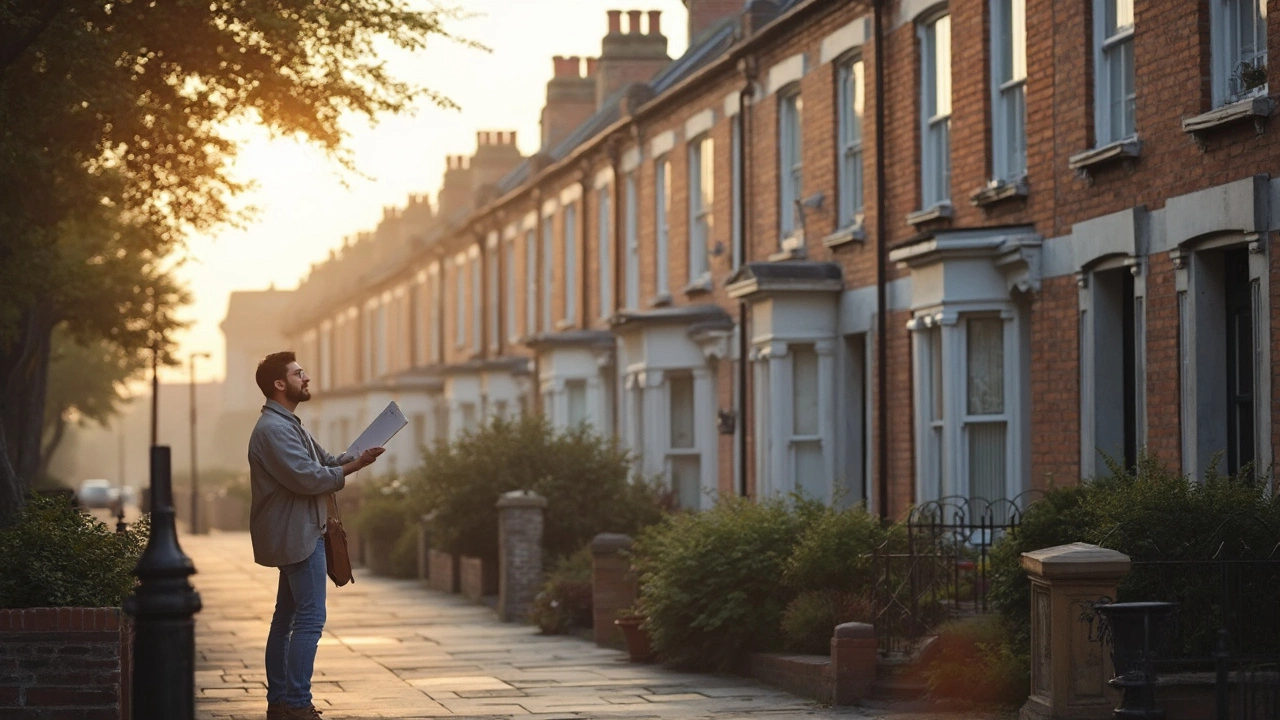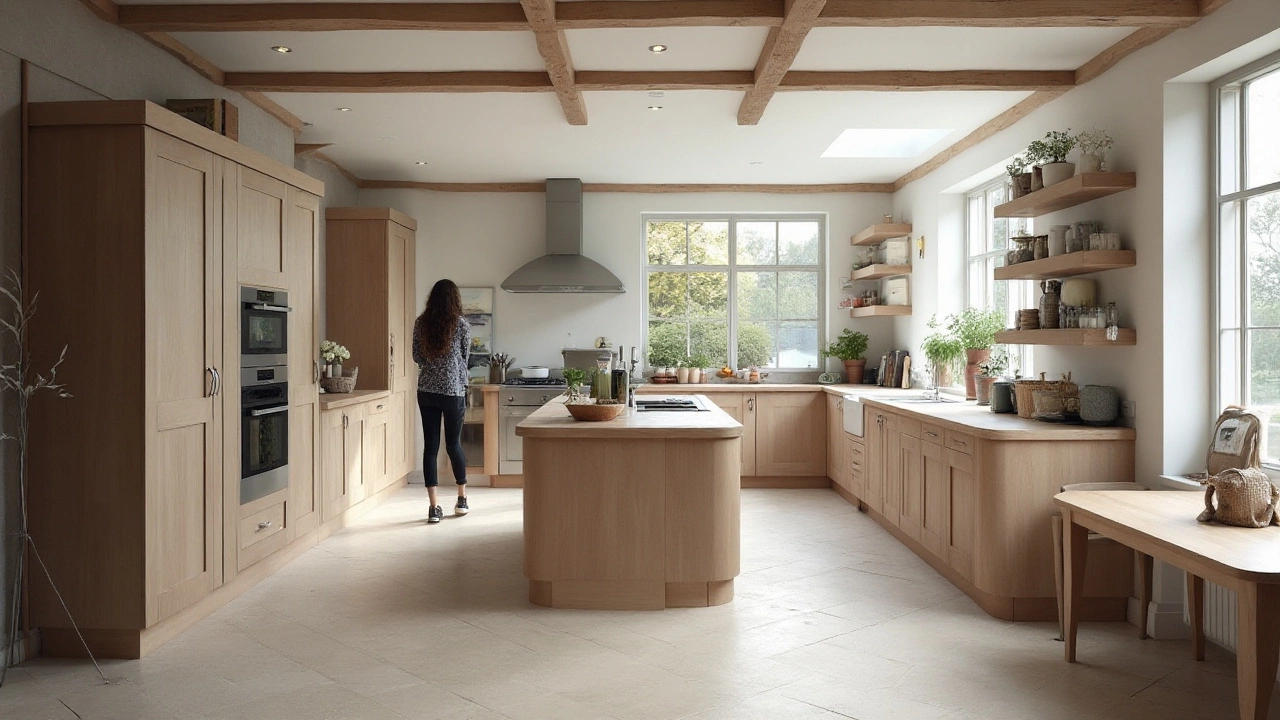Looking to modernize your home? Explore the latest trends, creative tips, and expert-approved ideas to give your home a fresh and stylish upgrade—no fuss.
Home Renovation Made Simple: Tips, Costs, and Design Ideas
If you’re thinking about giving your house a fresh look, you don’t need a magic wand—just a plan, a budget, and a few smart choices. Below you’ll find straight‑forward ideas that work for any style, plus the numbers you need to keep the project on track.
Start with a Budget and a Priorities List
Before you pick paint colours or order tiles, write down what matters most. Is a new kitchen the priority, or does the bathroom need a facelift? Once you rank the rooms, research average costs. For example, a typical kitchen fitting in New Zealand runs about £4,000‑£7,000 in 2025, while a simple bathroom upgrade can be done for half that amount if you focus on accessories like new taps and lighting.
Knowing the numbers helps you avoid surprises later. Allocate a contingency fund of roughly 10‑15 % of the total budget – that’s the safety net for hidden issues like unexpected plumbing work.
Quick Wins That Add Big Impact
Want your living room to pop without a full remodel? Swap out the sofa cushions for a bold colour, add a statement rug, and reposition the TV away from direct glare. Simple changes like these can make the space feel fresh and modern.
Bathrooms can feel luxurious with small upgrades: new towel bars, a sleek soap dispenser, or LED mirror lighting. You don’t need to rip out walls; a few accessories can turn a plain bathroom into a mini‑spa.
Storage is another hidden hero. A 10x10 storage unit can comfortably hold a sofa, a mattress, and several boxes if you use vertical stacking and protective blankets. Smart storage solutions keep your home tidy while you work on larger projects.
Don’t forget the windows. If you’re curious about the curtain‑free trend, try sheer panels or blinds that slide away. This keeps the room bright and modern without sacrificing privacy.
For loft conversions, the average cost in New Zealand in 2025 is about £1,200 per square metre, including consent fees. Planning ahead for structural work and insulation will save you time and money.
When choosing flooring, vinyl lasts around 10‑15 years with proper care. Keep it clean with regular mopping and avoid harsh chemicals. If you prefer tile, look for low‑maintenance porcelain that mimics natural stone.
Finally, think about durability. Stone, brick, and concrete remain the longest‑lasting materials for new builds. If you’re renovating an older home, consider reinforcing foundations early—major foundation repairs can quickly become the most expensive fix.
In short, a successful home renovation blends realistic budgeting, strategic quick wins, and durable material choices. Follow these steps, stay flexible, and enjoy watching your house transform into the space you’ve always wanted.
When it comes to maximizing the value of a home renovation, strategic choices can make all the difference. Focusing on key areas like the kitchen, bathrooms, and energy efficiency can yield significant returns on investment. Simple upgrades and well-planned changes can transform a space and attract future buyers. Explore these top renovation tips to boost home value efficiently.
Renovating a house is exciting but can be daunting if you're unsure where to begin. The first step involves careful planning and setting clear goals to ensure a smooth process. Understanding your needs and prioritizing your tasks are key to a successful project. Without this foundation, you might face unexpected hurdles that could derail your renovation dreams. Here's how to get started on the right foot.
Discover the concept of dry fit kitchen installations and how they revolutionize the home renovation process. This method allows homeowners and designers to visualize the final layout without permanent fixtures, providing flexibility and room for adjustments. Understand the steps involved, the benefits it offers, and things to consider before opting for a dry fit installation. It's an innovative approach that caters to diverse preferences and spaces.



